If you’ve spent any time reading about specialty coffee, you’ve probably seen the words washed, natural, or honey on a bag and wondered what on earth that means. These terms don’t refer to flavours—they’re all about how the coffee is processed after it’s harvested, and they can have a huge impact on the way it tastes in your cup.
What Does Coffee Processing Actually Mean?
Once coffee cherries are picked from the tree, they need to be dried and have their layers removed before they can be roasted. How that fruit is removed—and how much of it is left on during drying—is what determines the processing method. There’s no “best” method, just different techniques that influence sweetness, acidity, body, and clarity.
Let’s break it down.
Washed Process (Also Called Wet Process)
This is the most common method in specialty coffee—and the cleanest in terms of flavour. In a washed process, the fruit is removed from the seed (what we call the coffee bean) using water. After picking, the cherries are pulped, fermented in water tanks to break down the mucilage (sticky layer), and then washed again to fully remove any remaining residue. The beans are then dried.
How does it taste?
Expect clean, bright, and crisp flavours. Washed coffees tend to have more clarity and highlight the natural characteristics of the bean and its origin—like citrus, floral notes, and sharper acidity. That’s why all four Aviary coffees are washed: it brings out each origin’s unique personality without interference.
Natural Process (Also Called Dry Process)
This is the oldest method of processing, used in places where water is scarce. In this method, the whole cherry is left to dry in the sun with the fruit still intact around the seed. It’s regularly turned to prevent mould, and after drying, the fruit is mechanically removed.
How does it taste?
Naturals are known for their bold, fruity, and sometimes funky flavours. You might get notes of berry, jam, tropical fruit, or even a winey finish. The body is usually heavier, and the sweetness is more intense. Some people love the complexity—others find it a bit wild.
Honey Process
Honey processed coffee sits somewhere between washed and natural. The skin of the cherry is removed, but the sticky mucilage (which has a honey-like texture—hence the name) is left on during drying. Depending on how much of this layer is left, you’ll see terms like “yellow honey,” “red honey,” or “black honey”—each representing a different level of contact and flavour intensity.
How does it taste?
Honey processed coffees tend to be sweet, syrupy, and well-balanced—with more clarity than a natural, but more body and sweetness than a washed. It’s a great middle ground for those who want complexity without going full-on fruity.
Why We Use Washed Coffees at The Aviary
All four of our current coffees—Rainforest Sunshine, Midnight Canopy, Jungle Breeze, and Morning Mist—use the washed method. That’s not because we dislike the others, but because washed coffees let each origin shine. A washed Kenyan coffee like Morning Mist gives you clean citrus and floral notes. A washed Brazilian coffee like Rainforest Sunshine brings out its smooth, nutty richness without any muddiness.
We may explore honey or natural processes in the future, but for now, we’ve chosen washed coffees because they reflect clarity, character, and consistency—the heart of what we do at The Aviary.
In Summary
Washed, natural, and honey processing all bring something different to the table. None are better or worse—they just offer a different perspective on what coffee can be. So next time you pick up a bag, take a second to notice how it’s been processed. It might help you understand why you love the flavour in your cup—and it just might guide your next great discovery.
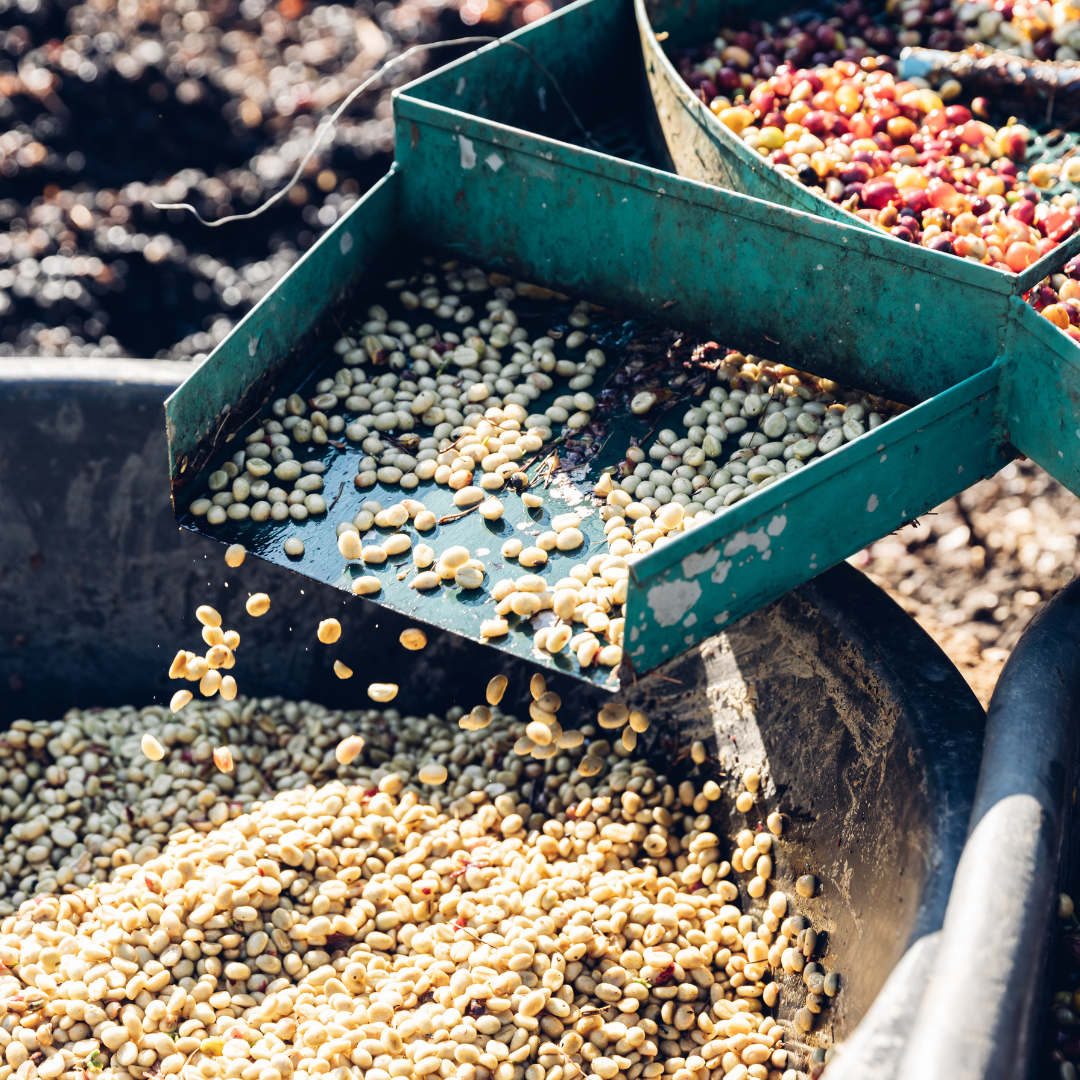

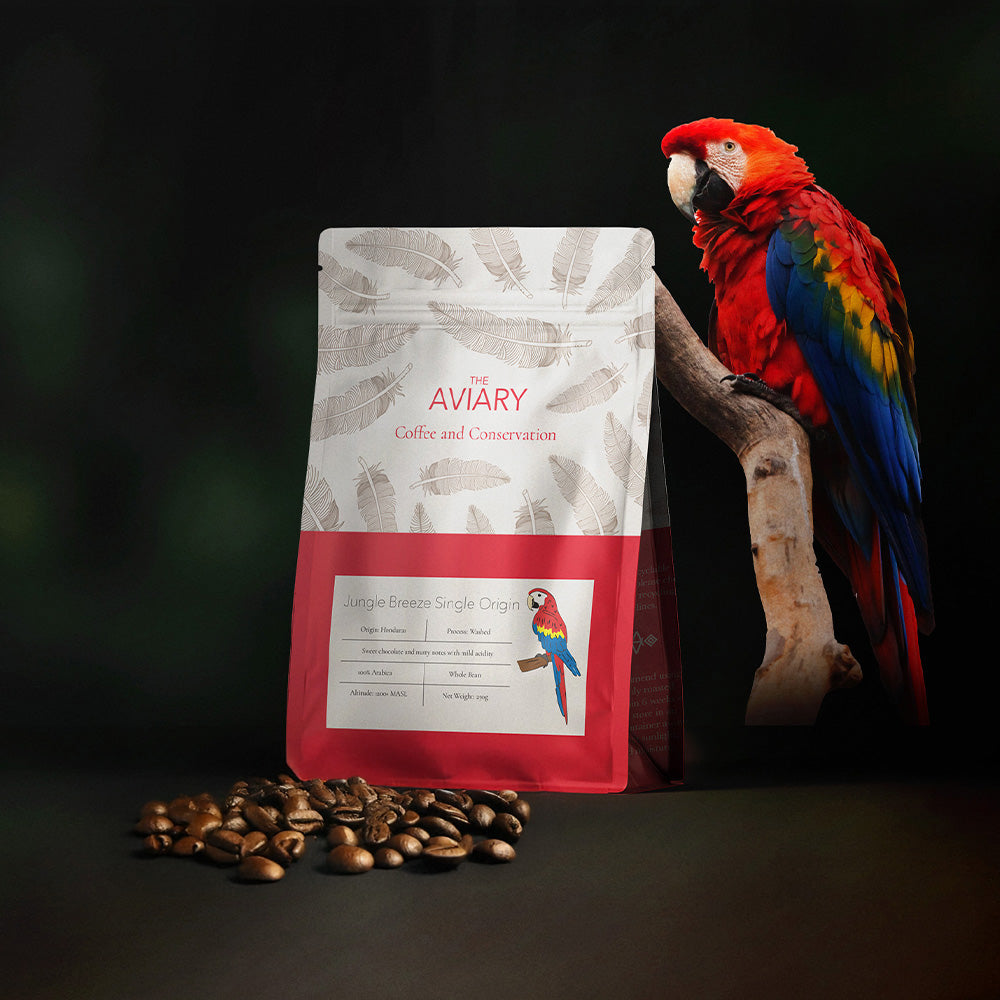

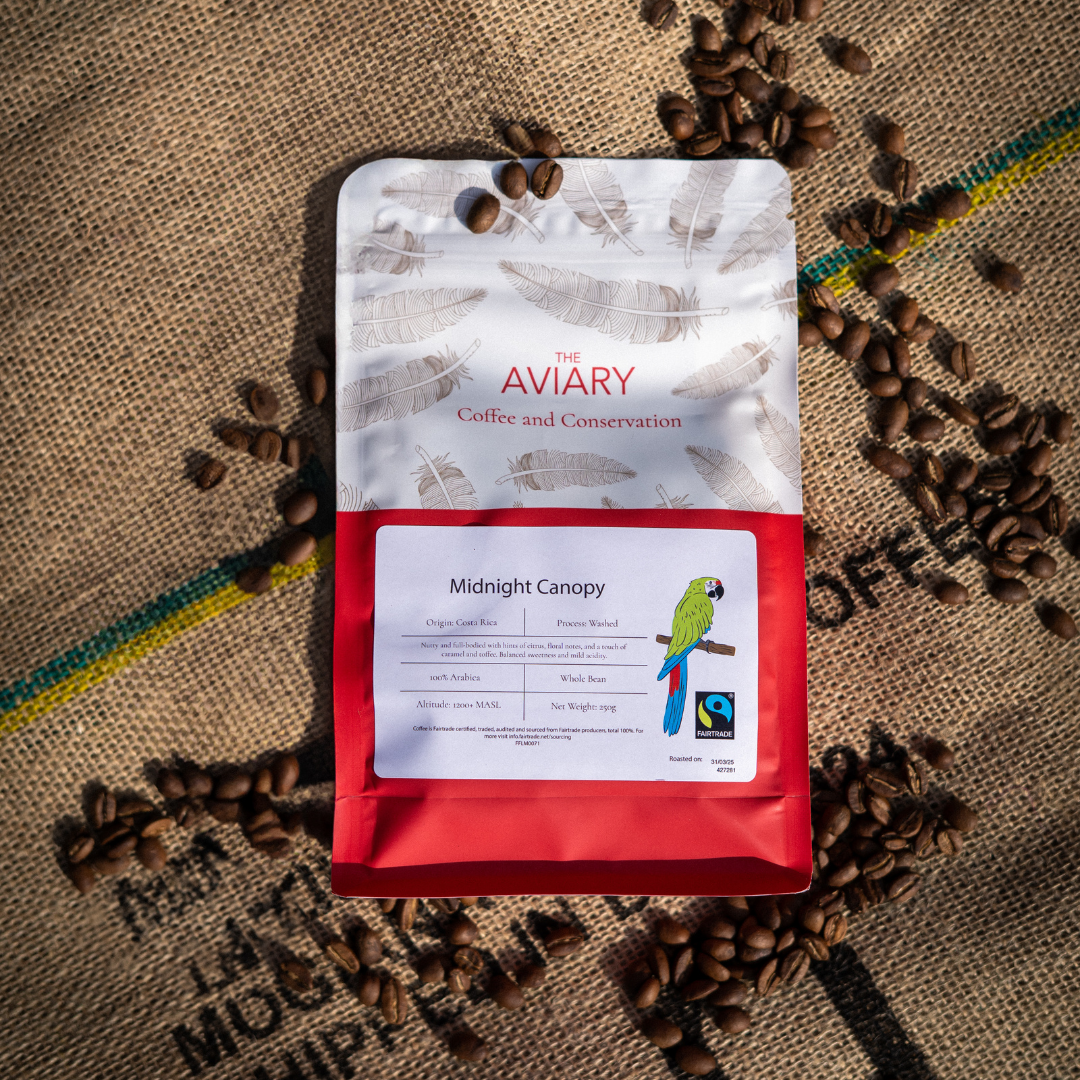
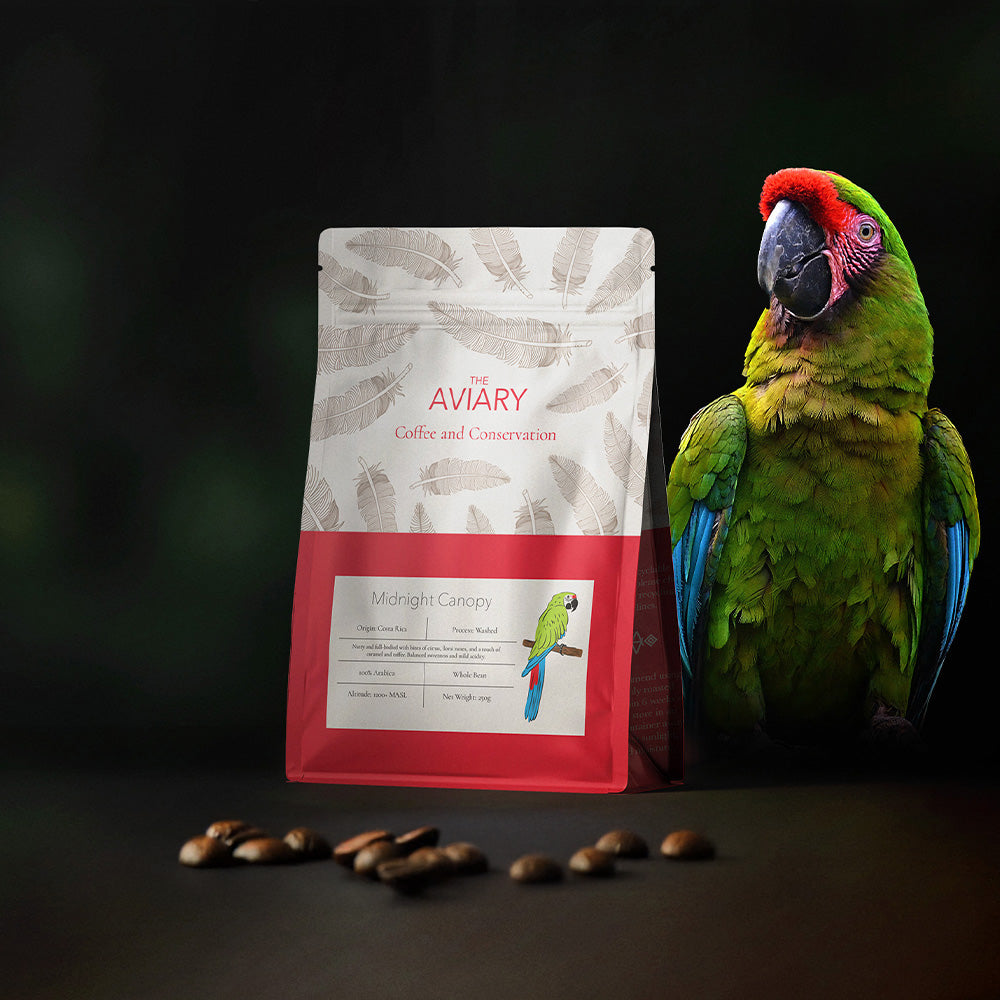
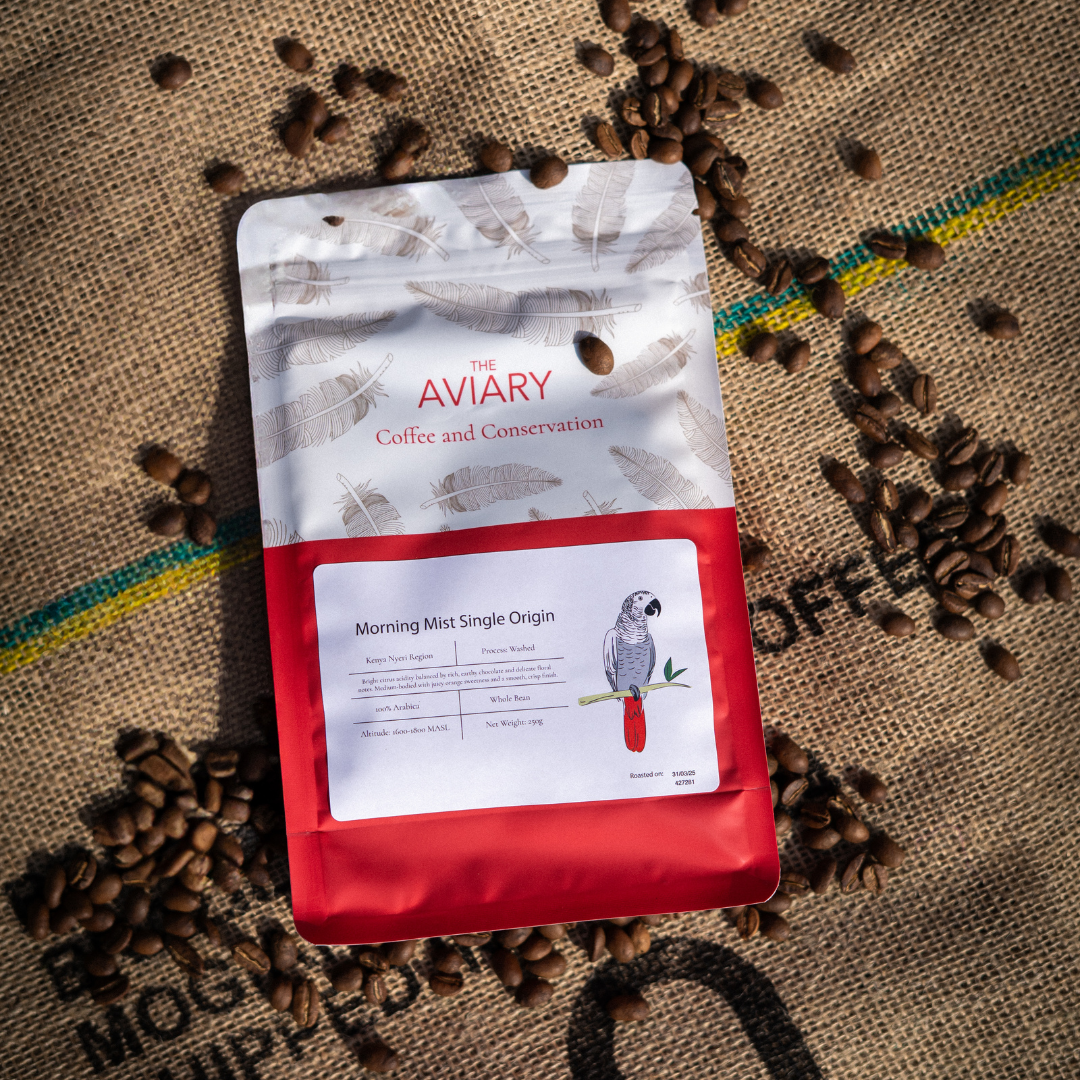
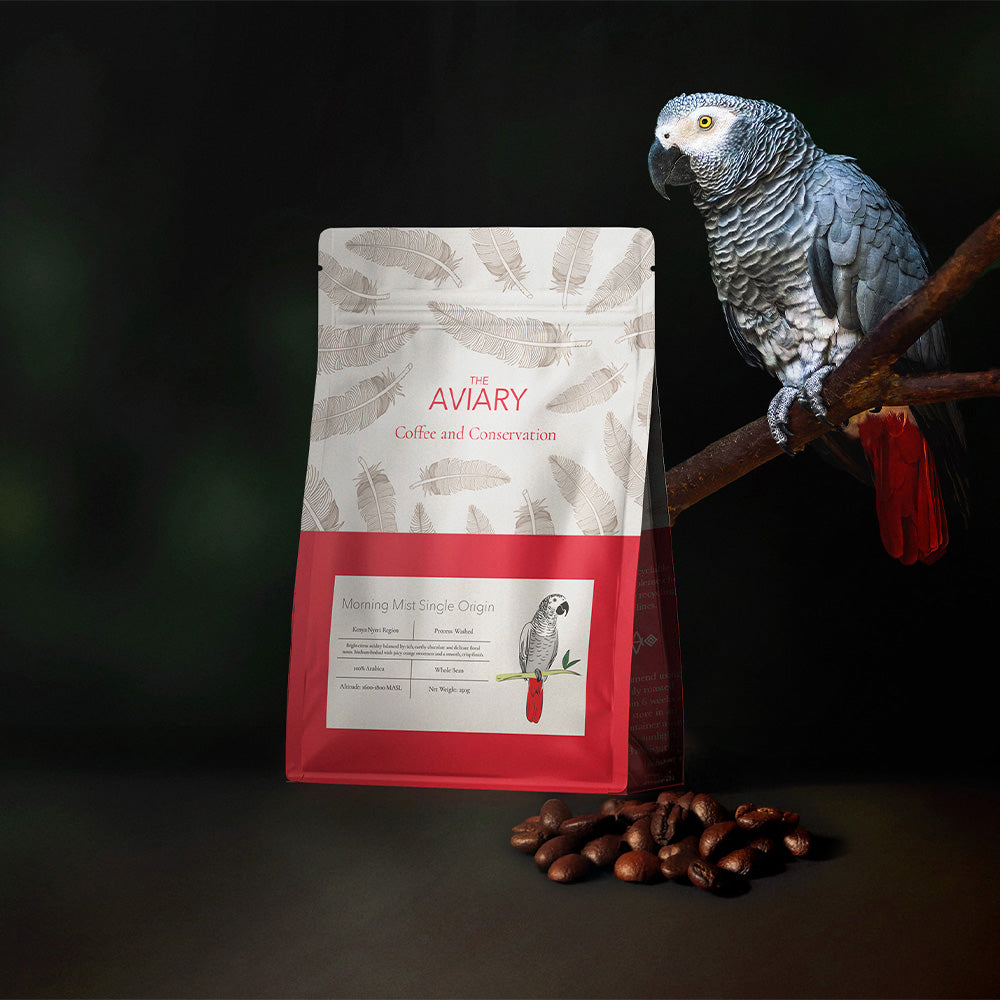

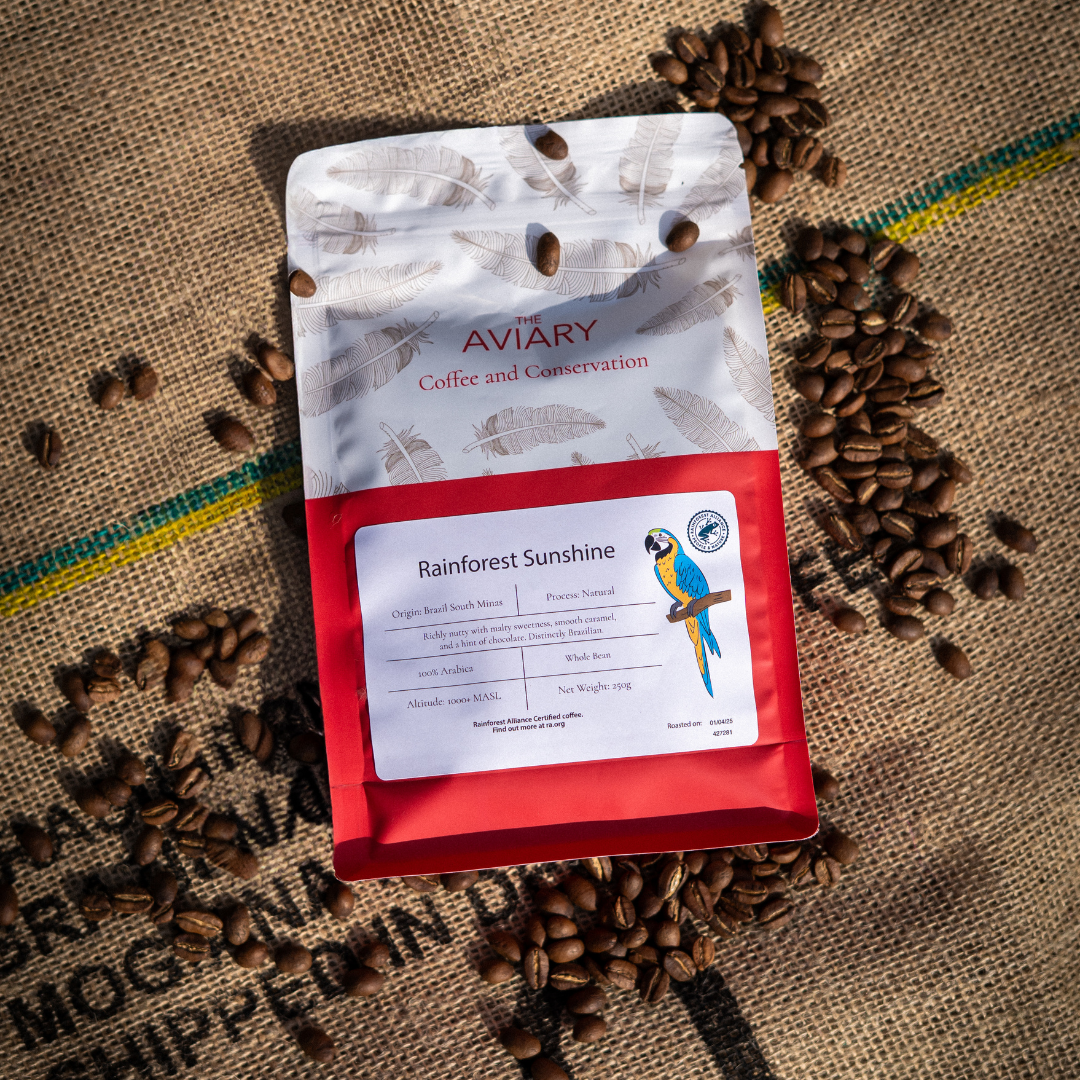
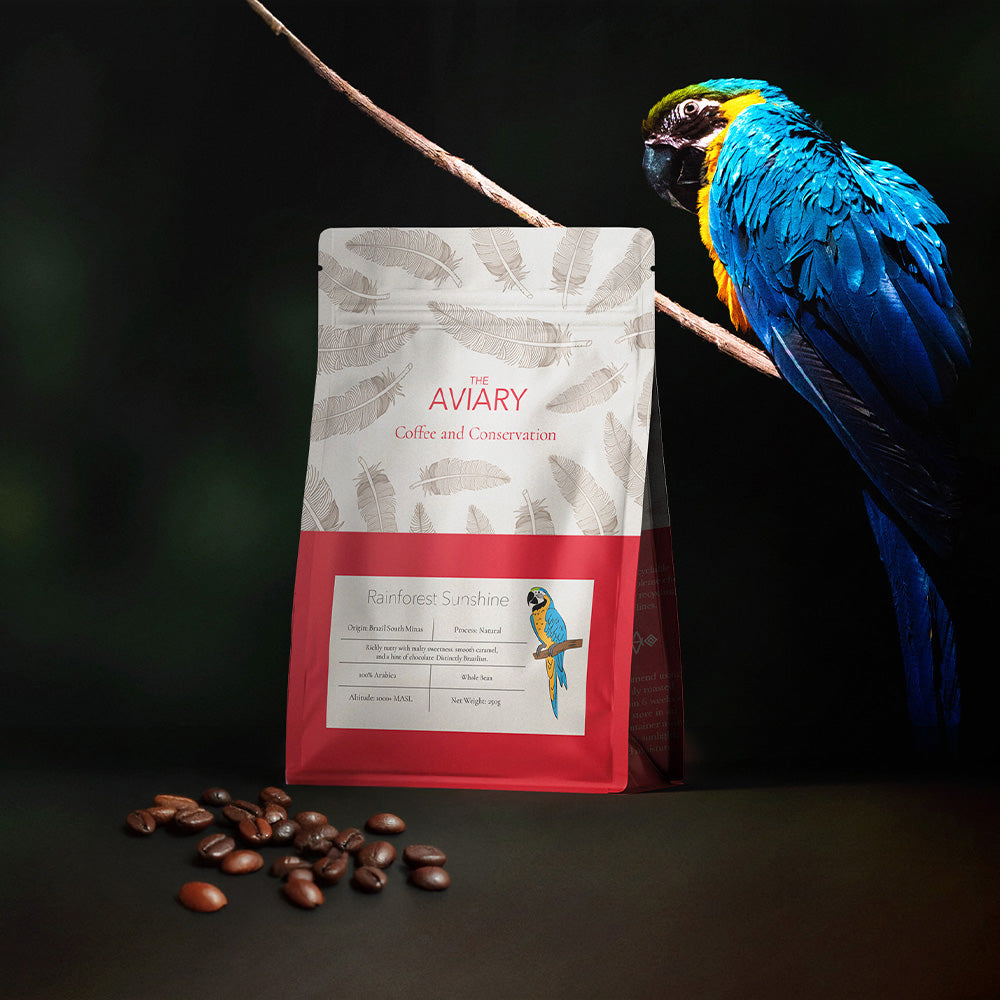


0 comments